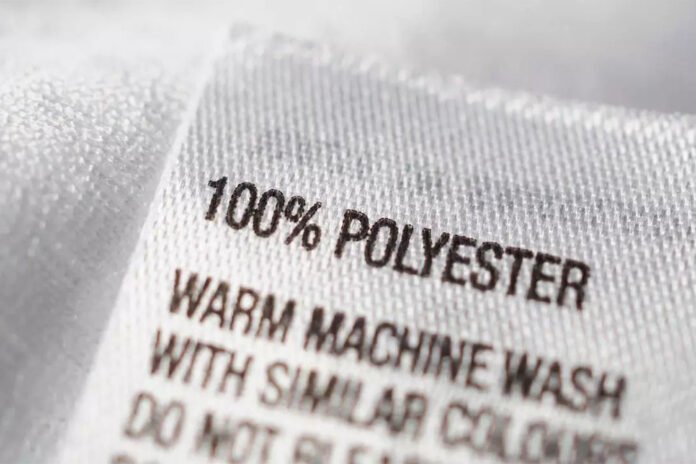The European Union’s polyester tow and staple market is projected to expand at a CAGR of 1.3% in volume and 1.9% in value from 2024 to 2035, reaching 1.5 million tonnes and $2.5 billion, respectively, according to IndexBox. France, Germany, and Italy together account for nearly half of total consumption, underscoring Western Europe’s dominance in the bloc’s textile raw materials landscape.
Despite steady demand, the EU’s production base continues to weaken, declining for a fifth consecutive year to 663,000 tonnes in 2024. Imports—834,000 tonnes—now far exceed exports of 171,000 tonnes, deepening the trade deficit and highlighting Europe’s growing reliance on Asian supply. Meanwhile, Poland and Bulgaria stand out as growth markets, with the former recording a 5.5% annual rise in consumption and the latter leading in import expansion. Per capita use remains highest in Czech Republic, Belgium, and Portugal, reflecting mature downstream industries in technical textiles and nonwovens.
While modest, the projected growth suggests a stabilizing polyester ecosystem driven by recycling initiatives, technical applications, and circular economy pressures. However, high energy costs and sustainability regulations continue to strain Europe’s producers.
Without policy support or investment in local fibre regeneration, the EU risks entrenching its dependency on imports. The polyester segment’s evolution will thus hinge on balancing competitiveness with circular innovation in the decade ahead.



